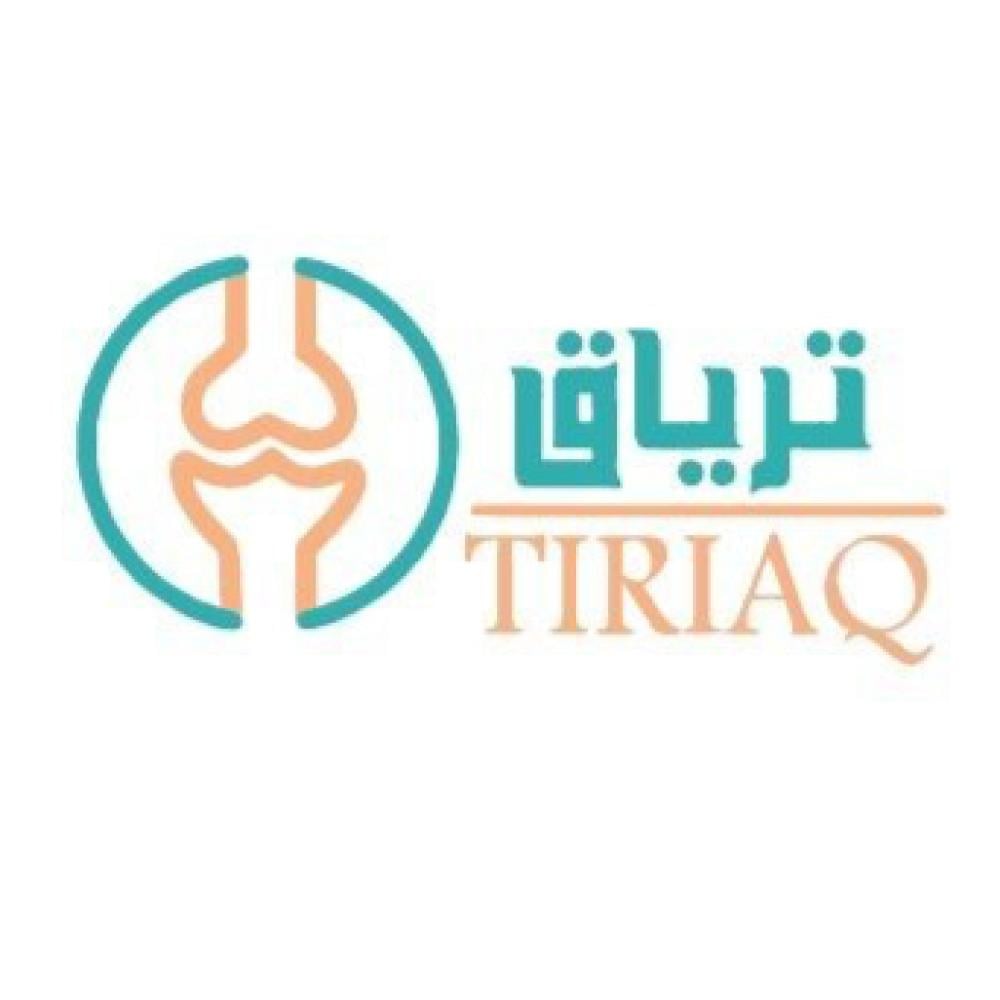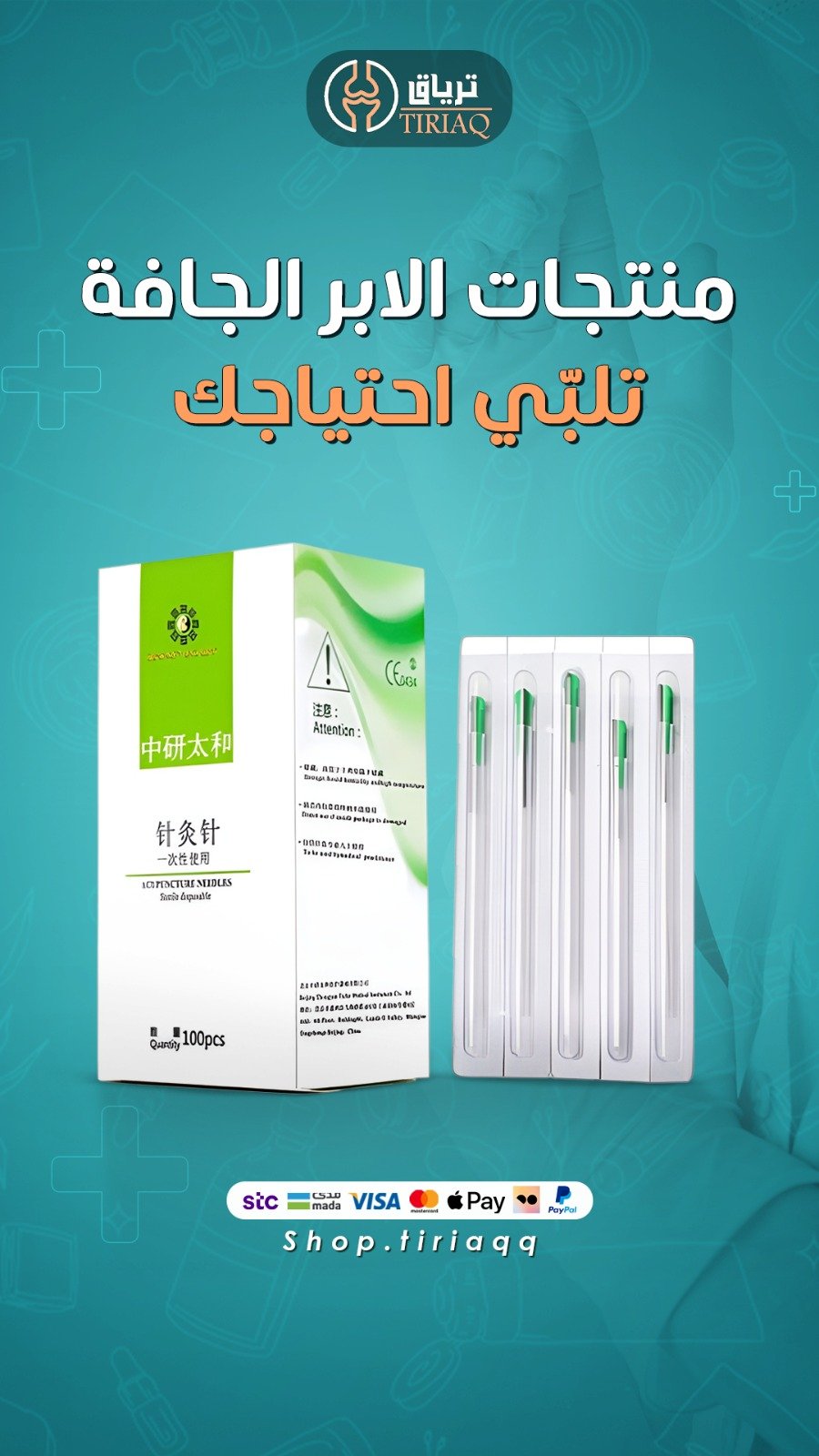-
العملة

Here is an article in English about dry needling in physical therapy and its uses for muscle injuries, including some scientific studies on dry needling:
Dry Needling: A Promising Therapy for Muscle Injuries
In the field of physical therapy, one technique that has gained increasing attention in recent years is dry needling. Dry needling involves the insertion of thin, solid needles into specific trigger points in the muscles, with the aim of relieving pain and restoring proper muscle function. This approach differs from traditional acupuncture, which focuses on the body's energy channels or meridians.
The use of dry needling has been particularly promising in the treatment of muscle injuries, which are a common occurrence in both athletic and general populations. Muscle strains, sprains, and other soft tissue injuries can lead to pain, stiffness, and decreased range of motion, all of which can significantly impact an individual's daily activities and quality of life.
One of the key benefits of dry needling is its ability to target specific trigger points within the muscle. Trigger points are hyperirritable spots within the muscle that can contribute to pain and dysfunction. By inserting the thin needles into these trigger points, dry needling can help to release the muscle tension and alleviate the associated pain.
Several scientific studies have explored the effectiveness of dry needling for the treatment of muscle injuries. One study, published in the Journal of Orthopaedic & Sports Physical Therapy, examined the use of dry needling in individuals with chronic low back pain. The researchers found that participants who received dry needling treatment experienced significant reductions in pain and improvements in function compared to a control group.
Another study, published in the Journal of Manipulative and Physiological Therapeutics, investigated the effects of dry needling on patients with myofascial pain syndrome, a condition characterized by localized muscle pain and tender points. The study showed that dry needling was effective in reducing pain and improving range of motion in the affected muscles.
In addition to its direct effects on the muscle, dry needling may also have a broader impact on the body's pain processing mechanisms. Some research suggests that dry needling can influence the release of certain neurotransmitters and hormones, which can help to modulate pain perception and promote healing.
Despite the growing body of evidence supporting the use of dry needling, it's important to note that this technique should only be performed by trained and licensed healthcare professionals, such as physical therapists or acupuncturists. Improper technique or placement of the needles can potentially lead to complications, such as bruising, infection, or even more serious adverse events.
In conclusion, dry needling shows promise as a valuable tool in the management of muscle injuries and related pain conditions. By targeting specific trigger points and influencing the body's pain pathways, this approach can help to alleviate symptoms and support the healing process. As research in this area continues to evolve, the role of dry needling in physical therapy may become even more well-defined and widely adopted.
ونرغب باطلاعكم باننا نوفر الابر الجافة على متجر ترياق بعدة مقاسات مختلفة
